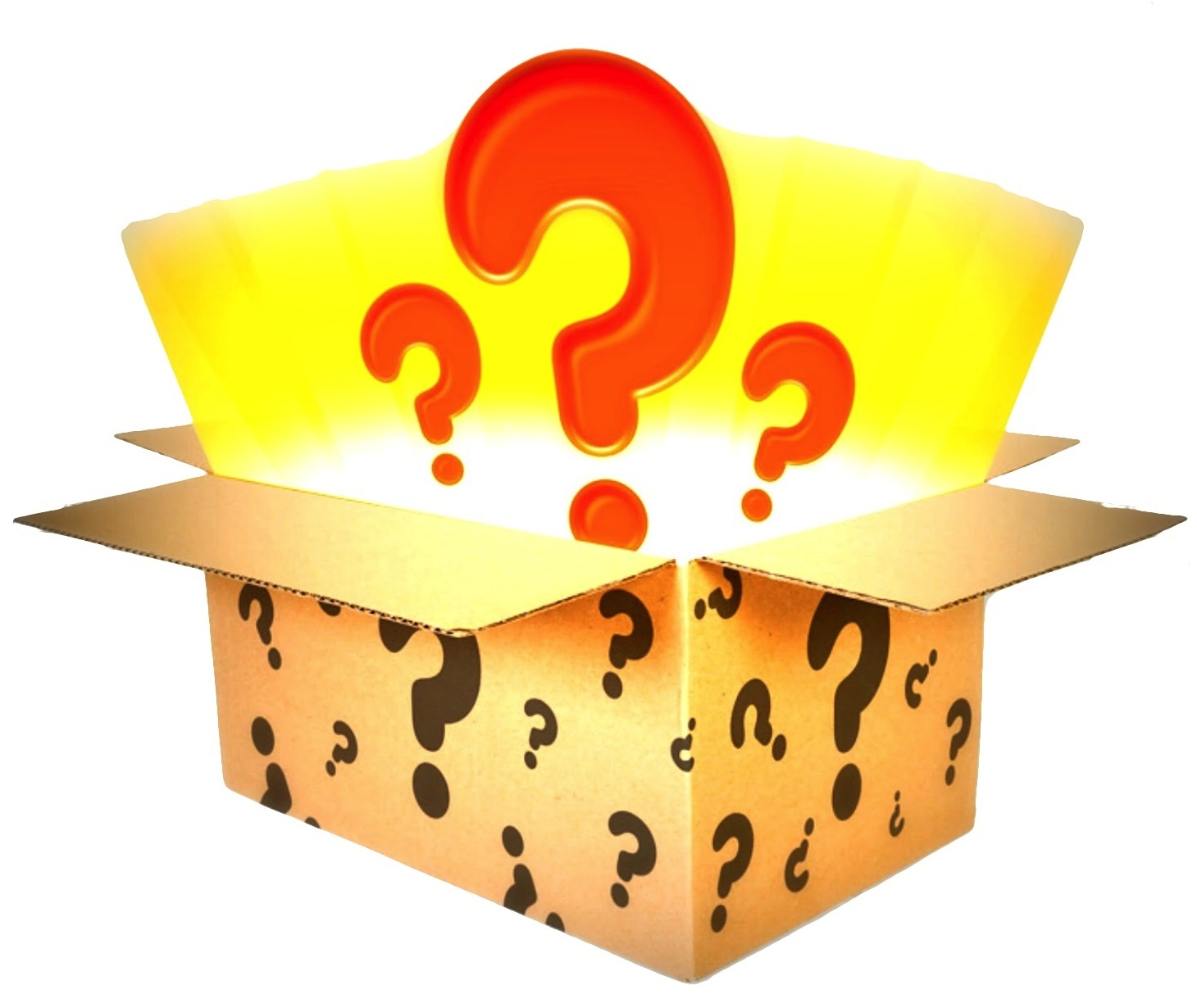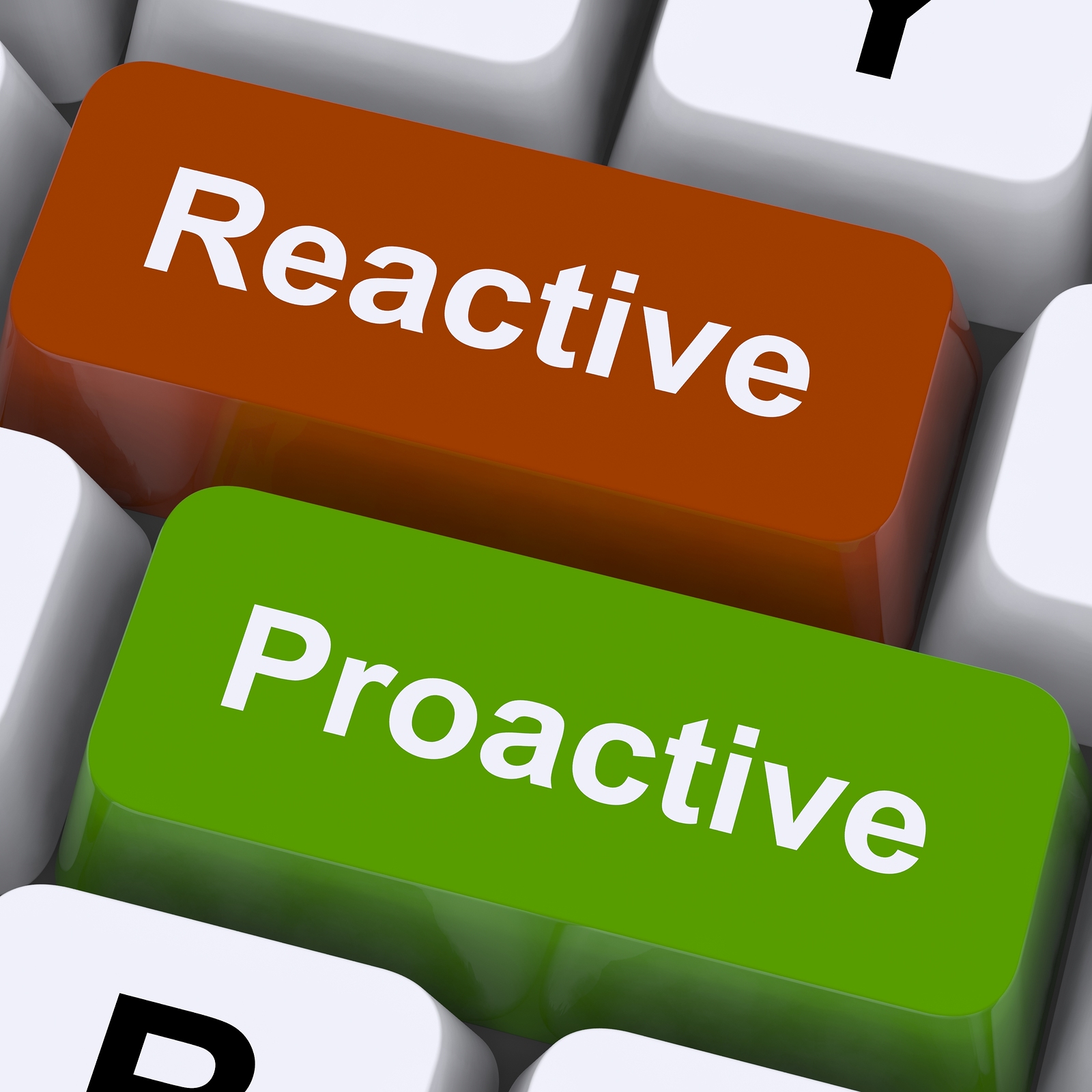The Difference One Simple Framework Diagram Makes!
Most of us enterprise architects have heard of the term 'Enterprise Architecture Framework' and know the benefits it gives.
But have we ever created our own EAF visualization, and is that one used in our organization? It is only a simple diagram that is easy to create, giving stakeholders much control. Well, the answer often is: No!
In this blog, I will show you a Dragon1 open EA Method example of an Enterprise Architecture Framework diagram used in practice. I will explain why I always start by creating a diagram like this. I will argue why you have not created it till now. I will conclude with some initial steps to help you get started on creating your architecture framework diagram. Happy readings, I'd say!
Just an example of what you might be creating tomorrow!
Take a look at the following diagram:
That does not look too complicated. It is a single A4-sized page diagram that illustrates the architectures present within the organization. Above that, the first diagram in this blog shows a management report, highlighting the current status and quality of working with architecture in the organization. It indicates which architecture products are available and whether they are performing well.
The definition from the Dragon1 open EA method about the enterprise architecture framework diagram tells us that the diagram presented here is a skeleton, a schema of which architectures are recognized in the current or future situation of the organization, and what the important parts of the architectures are. For instance, business models and IT Architecture Principles.
Enterprise Architecture Framework also has the meaning of 'Method' like the TOGAF Definition for Enterprise Architecture Framework. However, for that 'method,' an Enterprise Architecture Framework diagram can also be created. This blog further zooms in on Enterprise Architecture Framework as a schema for an organization's current and future architectures.
The example diagram in this blog is an anonymized management report view used in an automotive organization. It provides progress and status information on which parts are present and how effectively they perform their functions. All this in just one static A4-sized picture.
How you can have a big surprise for your stakeholders

What if you had not only a static version of the Enterprise Architecture Framework but also an interactive version? This means that when you mouse over an item in the diagram, a pop-up appears with background information, such as plans, documents, and detailed diagrams. You can access this information by simply clicking on it.
Wouldn't that be great?
And to go just a bit further: What if every chief, steering committee member, or project manager in the organization could click on a list with projects to get their view of the architecture framework for that project? That would mean giving management the steering controls to keep projects on track. Real-time!
*** DEMO *** HOW TO GENERATE A FRAMEWORK
Are you in the mood to create an Architecture Framework Diagram
yourself?
Here's the link to the Demo:
How To Generate An Enterprise Architecture Framework Diagram
Learning by example and inspiration
So why haven't you already created an Enterprise Architecture
Framework diagram like this, static or interactive? The answer to that question is pretty simple: you were busy working as a fireman, solving problems ad hoc. And that left you no time to think about how to do things better or differently. Your stakeholders were not complaining. They were not missing anything.
Here on Dragon1, a service desk is available for you as a user to support with any questions on enterprise architecture and creating enterprise architecture products.
So here’s your chance to be proactive!

Years ago, just like you, I did not yet create Enterprise Architecture Framework diagrams. Where did I get my inspiration? Just by looking at other fields of work, how people reported to stakeholders and have them make decisions supported by report views/diagrams.
This inspiration brought me to develop this Enterprise Architecture Framework diagram and, via a change request, make it part of the Dragon1 open EA Method.
Why I always create this Enterprise Architecture Framework diagram
Reason 1
People love having colored overviews, especially in complex environments where many people have lost overview or when there is no common view of the context. Enterprise architecture asks for framework diagrams to give people control.
Reason 2
Overviews benefit from enabling priorities when making strategic management decisions. That is the most important reason to create an Enterprise Architecture Framework diagram: to enable stakeholders to make informed decisions or, at the very least, make decisions. The second important reason is that an overview helps lower the stress levels of stakeholders.
Reason 3
If you don’t know what things look like or do not have an overview, people tend to get stressed, and for one, they are not ready to make drastic decisions because they don’t know if it is good or bad or the right decision to take it now.
So this is basically why I always create an Enterprise Architecture Framework diagram for stakeholders.
Supporting Project Managers towards a Successful Project
>> Make them a conceptual solution design
(=architecture design)
As an enterprise architect, you are the designer of total concepts for the enterprise structure (like a building architect for building structures). When you and other architects have created a solution architecture or another architecture for a project, it is a conceptual design of the solution that the project is realizing.
>> Project the architecture design onto
the solution design
Because the architecture may not have been created by the project itself or in an assignment by the same stakeholders, owner/clients, the resulting architecture may contain solutions based on conflicting interests and requirements. For instance, a Security Officer or Chief Information Officer may have put a ‘no open-source’ principle in the Security Architecture or ‘single source of truth’ principle in Information Architecture that conflicts with the ‘Bring your own mobile device’ Application Architecture of the project's solution.
>> Report and Recommend changes, measures and
actions because of conflicts
In this case, an enterprise architect can greatly assist the project manager by using the Enterprise Architecture Framework diagram to illustrate where things align and where they do not. During a project, requirements shift and the world continues to change; an enterprise architect can help the project manager align the project every day to ensure this. Not just before or at the start of the project. Because the ‘fun’ of change only starts when a project is well on its way! The diagram is then used weekly for reporting and is of high value for visual risk management and control.
Everyone knows that time is always running fast. That means many projects are started even when important things are not in place. This does not always lead to problems, but sometimes it does. The Enterprise Architecture Framework diagram quickly reports to chiefs and managers what architectural components are in place and what components are not, and the impact it has on the project.
I am just scratching the surface: An Enterprise Architecture Framework diagram is a convenient tool for a project manager, but he needs an enterprise architect to know its existence and create it.
First, you crawl, then you walk before you can fly!
And here's the CHECKLIST with initial steps
Now is the time in this blog for a short checklist from the Dragon1 open EA Method guiding your first steps in creating an architecture framework diagram:
What architectures are currently or in the future recognized in the organization, and who is the owner of this architecture? Where can I find the information I need?
What standards (frameworks/methods) do we use for working with architecture? What do we as an organization consider important parts of an architecture? Do we follow a standard or have our vision of working with architecture?
How do strategy, requirements, architecture, and project relate? Can I draw a model of that?
If ownership, architects, architecture principles, concepts, models, rules, etc. What are the important parts? Where can I find information about them? What is the source of information for these parts, what is the status, and who is the owner? What important parts of the architecture are currently present, available to use, or planned?
Is there a glossary of terms in the organization so we have no ambiguity on the words I use in the framework diagram?
Information, Information, Information, Information, Information
An Enterprise Architecture Framework diagram is useless when empty. So you need to fill it with data and give the data meaning, ergo turning it into information. Data is often not presented on a silver platter in the form you need for the framework diagram.
So you can reserve a few minutes daily to complete the Enterprise Architecture Framework diagram as a busy enterprise architect. And when, after some weeks, it has some completeness, present it to a chief or manager. Then you ask for time to complete the diagram and make it useful for supporting decision-making by chiefs and management.
Trust me, this works! Every time!
If you do not have 5 minutes every day left to work on your secret project (the framework diagram), you may use the example in this blog and show it to your boss, and perhaps you may get the time to create your version of it.
Now it is your turn!
‘Every journey starts with the first step’. So, why don’t you, given the chance, start following this blog's checklist if you like it? What architectures are recognized in your organization? What are the important parts of architecture? Are they available to use?
To stay away from remarks like ‘you are doing architecture for architecture only’: always link your effort and time to support project managers in aligning the architecture with the project solution before showstoppers appear!
I hope I have inspired you to start working on your secret project, ‘the framework diagram.’ You might even want to consider creating an interactive version. On the Dragon1 platform, we have a reference Enterprise Architecture Framework diagram that you can reuse and adjust to your specific situation quickly, along with a link to your projects.
Either static or interactive, I wish you lots of benefits in your organization using the first aid kit for projects: The Enterprise Architecture Framework diagram.
Related Posts
If you liked the blog, you probably also will enjoy the following related posts: